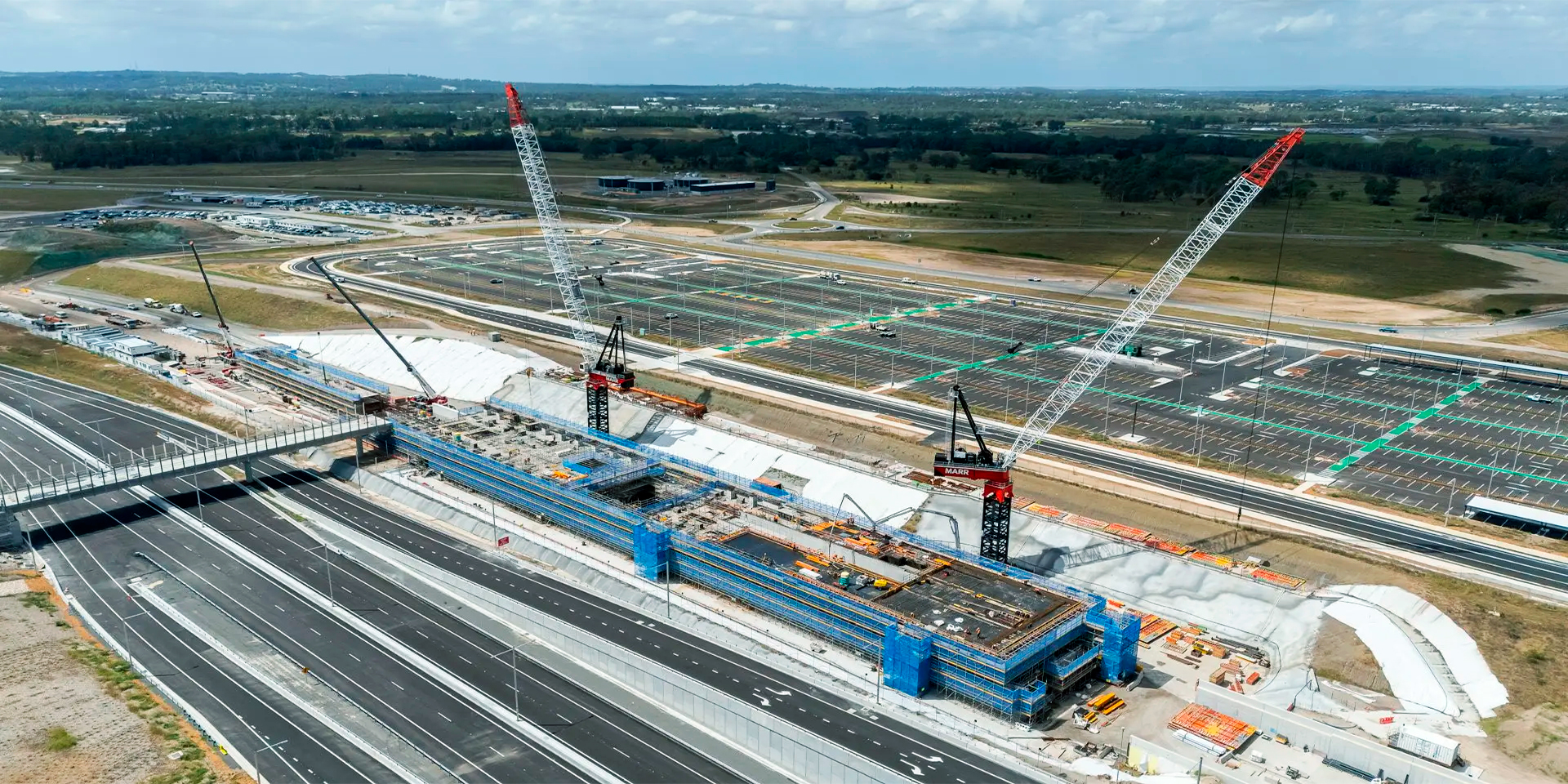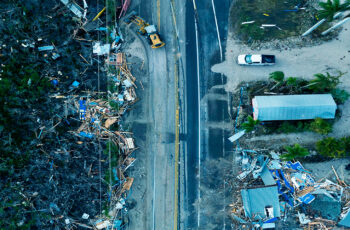Emergency Infrastructure Loans: Balancing Speed, Risk, and Resilience
How Urgent Infrastructure Projects Are Financed in Emergency Situations
When disaster strikes, rebuilding cannot wait for long policy debates or bureaucratic approvals. Roads, bridges, power lines, and water systems must be repaired quickly to keep communities alive and economies running. Financing urgent infrastructure projects in emergencies often becomes a race against time. States, banks, and international organizations need to coordinate to release funds fast, often under extraordinary pressure. Unlike long-term development finance, this is crisis lending—where speed, flexibility, and accountability collide.
Why emergency financing matters
Infrastructure failures caused by floods, earthquakes, or wars don’t just disrupt daily life—they stall entire economies. Every day that ports, airports, or highways remain closed multiplies the costs of lost trade and productivity. Governments usually don’t keep enough reserves to cover such massive expenses, so loans and rapid financing instruments act as lifelines. Without them, even wealthy countries struggle to respond in time. What matters is the balance: mobilizing capital quickly without creating long-term financial instability.
Domestic responses: state budgets and special funds
In many nations, the first step after a crisis is to reallocate money from contingency reserves or emergency budgets. National treasuries may authorize special bond issues, creating debt specifically tied to rebuilding projects. Local banks can also extend credit lines guaranteed by governments, giving contractors quick access to cash. This approach ensures continuity, but it comes with risks: the national debt burden often grows. After hurricanes in the U.S., for example, federal disaster relief is frequently combined with municipal bonds, creating multi-layered financing structures that allow immediate work while spreading repayment over years.
| Source of Funds | Speed of Access | Risks or Limits |
|---|---|---|
| National emergency reserves | Immediate | Usually too small for large-scale disasters |
| Government-backed bonds | Weeks | Increases long-term debt load |
| State-guaranteed bank loans | Days–weeks | Depends on banking sector strength |
Role of international financial institutions
When local resources are overwhelmed, international lenders step in. The World Bank, IMF, and regional development banks maintain emergency lending facilities designed for fast deployment. These funds are disbursed more quickly than normal development loans, with fewer conditions attached. Some combine grants with concessional loans to reduce repayment stress on fragile economies. For instance, after the 2010 earthquake in Haiti, the World Bank released rapid disbursements to rebuild roads, schools, and hospitals. Similarly, after major floods in South Asia, the Asian Development Bank activated fast-track programs to restore damaged infrastructure within months.
International financing is also about coordination. Often, donors and lenders set up pooled funds, where multiple partners contribute to a single financing mechanism. This allows quicker decisions and reduces bureaucratic overlaps, ensuring that money reaches construction projects faster.
Private capital in emergency situations
Private investors and banks also enter emergency finance, though typically under strong state or international guarantees. Contractors may secure working capital loans to start rebuilding while waiting for insurance payouts. In some cases, governments set up fast-track public-private partnerships (PPPs) that combine private capital with state oversight. Investors then recover costs through tolls, tariffs, or long-term leasing contracts. Insurance firms play an indirect role too: payouts often serve as collateral for loans, speeding up rebuilding by assuring lenders that risks are covered.
| Actor | Role | Conditions |
|---|---|---|
| Private banks | Liquidity for contractors and suppliers | Usually backed by state guarantees |
| Investors/PPPs | Financing key rebuilding projects | Return through tolls or government payments |
| Insurance companies | Payouts and collateral for loans | Excludes some risks (like armed conflict) |
Challenges of fast financing
Acting fast always carries risks. Emergency loans sometimes bypass due diligence, opening the door to waste or corruption. Large-scale borrowing approved during a crisis can also trap governments in debt cycles, limiting future investment. The balance between urgency and oversight is delicate. Digital procurement systems and independent audits are increasingly used to track spending in real time. Some governments now use blockchain tools for transparency in emergency contracting, aiming to reassure lenders and taxpayers that funds are not misused.
Examples from recent emergencies
Turkey’s 2023 earthquake response is a case study in scale and urgency: international development banks mobilized billions in weeks, enabling road and housing repairs despite ongoing aftershocks. In Puerto Rico, hurricanes forced a combination of federal grants, emergency loans, and advance insurance payouts to restore electricity and water systems. During the COVID-19 pandemic, many countries borrowed heavily to fund emergency hospital construction and digital health infrastructure, proving that “infrastructure” in emergencies isn’t just physical—it can also be about scaling technology.

Japan’s 2011 tsunami
After the earthquake and tsunami that struck Japan in 2011, financing strategies combined multiple layers of support. The Japanese government issued special reconstruction bonds, while international institutions provided targeted support for energy infrastructure and coastal defenses. Insurance payouts were massive, but they were not enough to cover the rebuilding needs. Loans filled the gap, helping restore ports, railways, and energy systems. This multi-layered financing model remains one of the most comprehensive examples of emergency infrastructure lending in modern times.
Looking ahead: building resilience into financing
Emergency lending is not just about patching holes; it increasingly comes with resilience clauses. Some loans now require that rebuilt infrastructure meets higher climate standards, making bridges more resistant to floods or power plants better able to withstand heat waves. Green bonds are even being adapted for emergencies, ensuring that crisis response aligns with long-term sustainability goals. This way, borrowing during a crisis becomes a strategic investment, not just a short-term fix.
Conclusion
Financing urgent infrastructure projects during emergencies depends on speed, cooperation, and trust. Governments use reserves, banks extend credit with guarantees, and international institutions release fast-track loans. Private capital and insurance play supportive roles. The challenge lies in acting quickly while safeguarding accountability and avoiding unsustainable debt. Case studies from Haiti, Japan, Puerto Rico, Turkey, and beyond show that effective crisis financing is about more than rebuilding—it’s about laying stronger foundations for the future. Every disaster is a reminder that resilience is not just built with concrete and steel, but with financial strategies that can mobilize resources at the right time.







